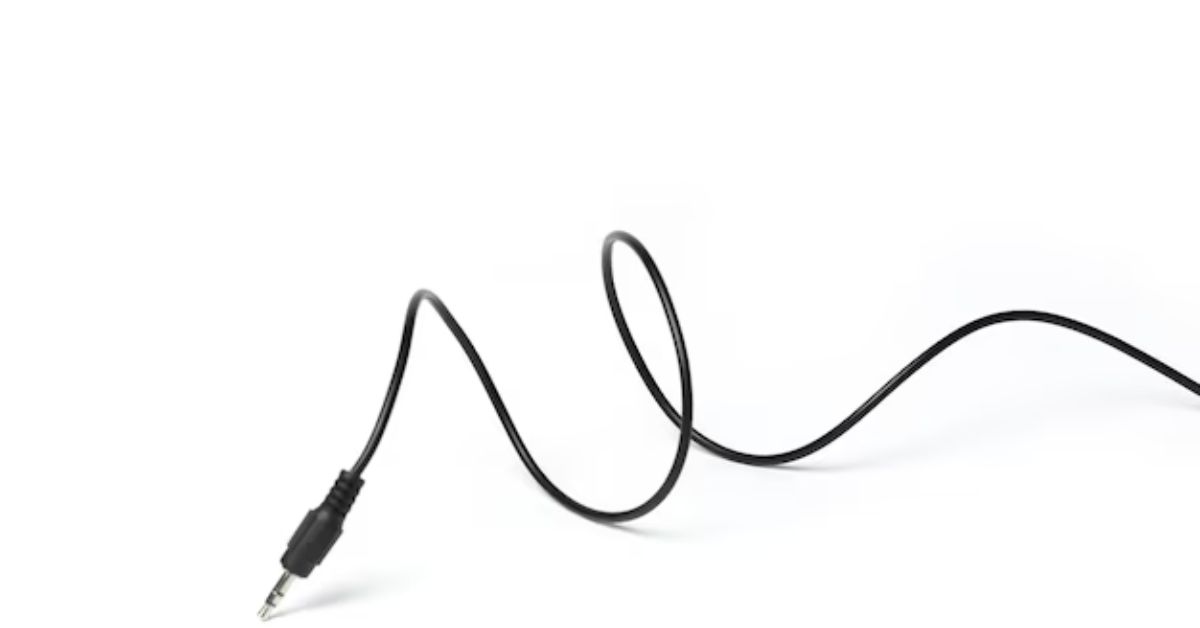In the world of audio and electronics, cables play a crucial role in connecting devices and ensuring seamless communication between different components. Among the various specialized cables available, one that often sparks curiosity is the muting cable. While the name might seem self-explanatory, the function and purpose of a muting cable delve deeper into both audio and industrial applications. This article will explore what a muting cable is, how it is used, and why it is a critical component in specific settings. We will also discuss the various applications, benefits, and considerations when using muting cables.
What is a Muting Cable?
A muting cable is a specialized cable used to temporarily interrupt or silence audio signals or, in some industrial cases, to control electronic signals in machines. It is often employed to mute the sound from an audio device, such as a musical instrument or a microphone, without physically turning off the device. This is achieved by interrupting the signal flow while maintaining the connection between devices.
In industrial environments, a muting cable may be used to disable safety functions temporarily, allowing machines to continue functioning under certain controlled conditions. The muting process is often reversible and used in situations where silencing or halting signals is necessary to avoid unwanted noise or disruptions.
How Does a Muting Cable Work?
The basic operation of a muting cable is relatively simple. In audio applications, the muting cable works by either grounding or disconnecting the signal wire inside the cable when required, effectively preventing the audio signal from reaching its destination. This temporary break in the signal path silences the sound without needing to power off the connected device.
When a muting cable is used in industrial settings, it may work differently depending on the specific application. For example, in machine automation, the muting cable might be part of a system designed to bypass safety protocols under controlled conditions. It allows machinery to continue running while certain safety sensors are temporarily disabled. Once the muting condition is no longer needed, the cable allows the safety system to resume normal operation.
Key Features of Muting Cables
Muting cables often have specific design characteristics that make them suitable for their respective roles in audio or industrial environments. These features can include:
- Robust Connectors: Muting cables usually come with high-quality connectors that ensure a stable connection and quick disengagement when muting is necessary.
- Durability: Given their use in various settings, muting cables are often built to withstand wear and tear, especially in industrial environments.
- Specialized Switches: Some muting cables come equipped with a built-in switch that allows users to mute or unmute signals without disconnecting the cable.
These features contribute to the cable’s versatility and reliability, making it a practical tool in both professional audio setups and industrial systems.
Applications of Muting Cables
Muting cables serve a range of functions across different industries, particularly in the audio, music, and industrial automation sectors. Below, we examine the common applications of muting cables in detail.
Audio and Musical Instruments
In the realm of audio and music, muting cables are predominantly used to manage sound output without turning off the connected device, whether it is an instrument or a microphone. For example, a guitarist may use a muting cable to silence their instrument between songs during a performance. Instead of turning off the amplifier or adjusting volume levels, the muting cable cuts off the signal and effectively mutes the sound.
This is particularly useful in live performances, where interruptions in sound could be jarring for both the audience and the performer. By using a muting cable, musicians can manage their sound smoothly and without unnecessary interruptions. Some muting cables are designed with footswitches, allowing musicians to mute their instruments easily while playing.
Professional Sound Engineering
In sound engineering, muting cables are employed to control audio signals during recording sessions or live sound management. Sound engineers use muting cables to quickly mute microphones or other sound sources, minimizing the risk of feedback or noise during setup or transitions.
For example, when setting up microphones in a studio or live environment, engineers may need to mute certain channels to avoid accidental sounds being picked up. The muting cable offers an easy way to control these audio signals without having to go through complex settings in the soundboard or mixer.
Industrial Automation and Safety Systems
Muting cables are also found in industrial automation, particularly in settings that involve complex machinery and safety protocols. In this context, muting cables allow specific safety sensors or functions to be bypassed under controlled circumstances, enabling machinery to continue operating while certain processes are carried out.
For example, in manufacturing plants, machinery often has safety sensors that shut down the equipment when any object enters a protected area. However, during certain maintenance tasks or processes that require temporary access, these sensors need to be bypassed to allow continuous operation. Muting cables enable this bypass without permanently disabling the safety features.
This application of muting cables must be carefully controlled to avoid accidents, and they are typically used in conjunction with strict safety regulations and procedures.
Broadcasting and Media Production
Muting cables are also used in broadcasting and media production to control audio sources effectively. During live broadcasts or recordings, there are often moments when muting is necessary to prevent unwanted sounds from being captured.
For example, during a live news broadcast, certain microphones may need to be muted while reporters prepare for the next segment. A muting cable offers a quick solution to mute these audio inputs without interrupting the flow of the broadcast or requiring extensive adjustments on the soundboard.
Benefits of Using Muting Cables
Muting cables offer several benefits that make them indispensable in specific scenarios, especially in professional settings. These advantages include:
Quick and Easy Muting
The primary benefit of using a muting cable is the ability to silence audio or electronic signals quickly and easily. This allows for smooth transitions in performances, recordings, and broadcasts. Whether in a concert or a factory, the ability to mute a device without disconnecting or shutting it down can prevent disruptions and help maintain workflow.
Safety in Industrial Applications
In industrial settings, muting cables provide a controlled way to bypass safety sensors without disabling safety features permanently. This temporary muting ensures that essential maintenance or operations can continue while ensuring that the system can return to full safety mode once the process is complete.
Noise Reduction in Audio Applications
By using muting cables, sound engineers and musicians can effectively reduce noise during setup or transitions. This is particularly useful in live environments where background noise or feedback can be problematic. The ability to mute specific channels or instruments quickly helps maintain audio quality throughout performances or recordings.
Considerations When Using Muting Cables
While muting cables offer many advantages, there are several factors to consider when using them in different applications.
Compatibility with Devices
It’s essential to ensure that the muting cable you use is compatible with the devices or machinery in your setup. For audio applications, check that the cable has the correct connectors for your instruments or microphones. In industrial settings, ensure that the cable meets the necessary specifications for your safety systems and machinery.
Appropriate Use in Industrial Settings
In industrial applications, muting cables should only be used in accordance with established safety protocols. Improper use of muting cables in bypassing safety systems can result in dangerous situations. Therefore, it’s crucial to follow all guidelines and regulations to ensure that safety is maintained while the machinery is in operation.
Durability and Build Quality
The build quality of a muting cable is another critical factor, particularly in environments where the cable will experience heavy use or exposure to harsh conditions. High-quality materials and robust connectors ensure that the cable remains reliable over time, reducing the risk of malfunction during important operations.
Conclusion
Muting cables are a versatile and essential tool in both the audio and industrial sectors. They offer quick, reliable solutions for managing sound signals in live performances, recordings, and broadcasts, while also providing crucial safety functions in industrial automation. Their ease of use, durability, and ability to control signals without disconnecting devices make them indispensable in a variety of professional settings.
Understanding the applications, benefits, and proper usage of muting cables can help you make informed decisions on how to incorporate them into your audio setups or industrial systems, ensuring smooth operations and enhanced control over your work environment.











